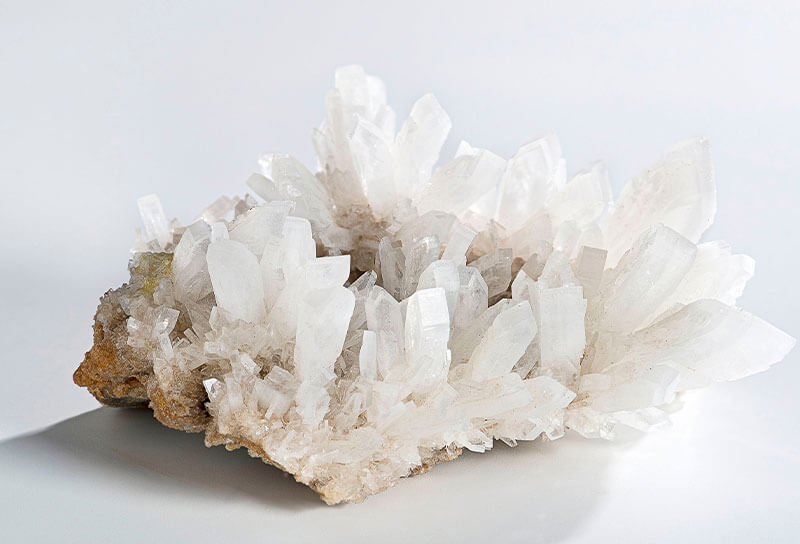Surface Modification and Application of Barite Ultrafine Powder

Barite powder is an important barium-containing inorganic mineral raw material, which is quite different from the properties of polymer materials and lacks affinity, which limits its application in the field of polymer materials. In order to further improve its performance and broaden its application field, the surface of barite powder must be modified.
Modification mechanism
The surface modification of inorganic mineral powders is mainly achieved by the adsorption and coating of chemical modifiers on the surface of mineral powders. Surface modification of one or both of the two substances to be carried out by some small molecules or polymer compounds with amphoteric groups, lipophilic and hydrophilic groups, and minerals are made by chemical reaction or physical coating. The surface changes from hydrophilic to hydrophobic, which enhances the compatibility and affinity with organic polymers, and improves the dispersion, so that the organic and inorganic substances can be better combined.
Modification method
Surface modification methods include physical adsorption, coating or physical-chemical methods. Generally speaking, the surface modification methods of mineral particles mainly include the following types.
1 surface coating modification
Use inorganic or organic substances to coat the surface of mineral powder, endowing the particle surface with new properties. This method is to combine the surfactant or coupling agent with the surface of the particle by adsorption or chemical bonding, so that the surface of the particle changes from hydrophilic to hydrophobic, and the compatibility between the particle and the polymer is improved. This method is currently the most commonly used method.
2 Precipitation reaction modification
The chemical precipitation reaction is used to deposit the product on the surface of the mineral powder to form one or more “modified layers”, so as to achieve the effect of modification.
3 mechanochemical modification
Using mechanical stress to activate the surface as a means to grind and crush minerals, relatively large particles are made smaller by crushing, friction, etc.
4 graft modification
Some groups or functional groups compatible with polymers are grafted on the surface of particles by chemical reaction, so that inorganic particles and polymers have better compatibility, so as to achieve the purpose of compounding inorganic particles and polymers.
5 surface chemical modification
This modification method is currently the most widely used method in production. It uses surface modifiers to chemically react or adsorb certain functional groups on the mineral surface to achieve the purpose of chemical modification.
6 High Energy Surface Modification
Use the huge energy generated by high-energy discharge, ultraviolet rays, plasma rays, etc. to modify the surface of the particles to make the surface active and improve the compatibility between the particles and the polymer.
Barite products are widely used in petroleum industry, chemical industry, paint industry and metal casting industry. In addition, barite can also be partially used in the manufacture of friction plates for transportation equipment. Modified barite ultrafine powder and organic high polymer have good compatibility and affinity, and can be uniformly dispersed in the matrix; it can replace expensive precipitated barium sulfate in single-sided coated paper, coatings, and paints, reducing production cost. The use of other modifiers to modify barite powder still has great prospects, and it still needs to use higher technical means and methods to continuously explore and develop.
